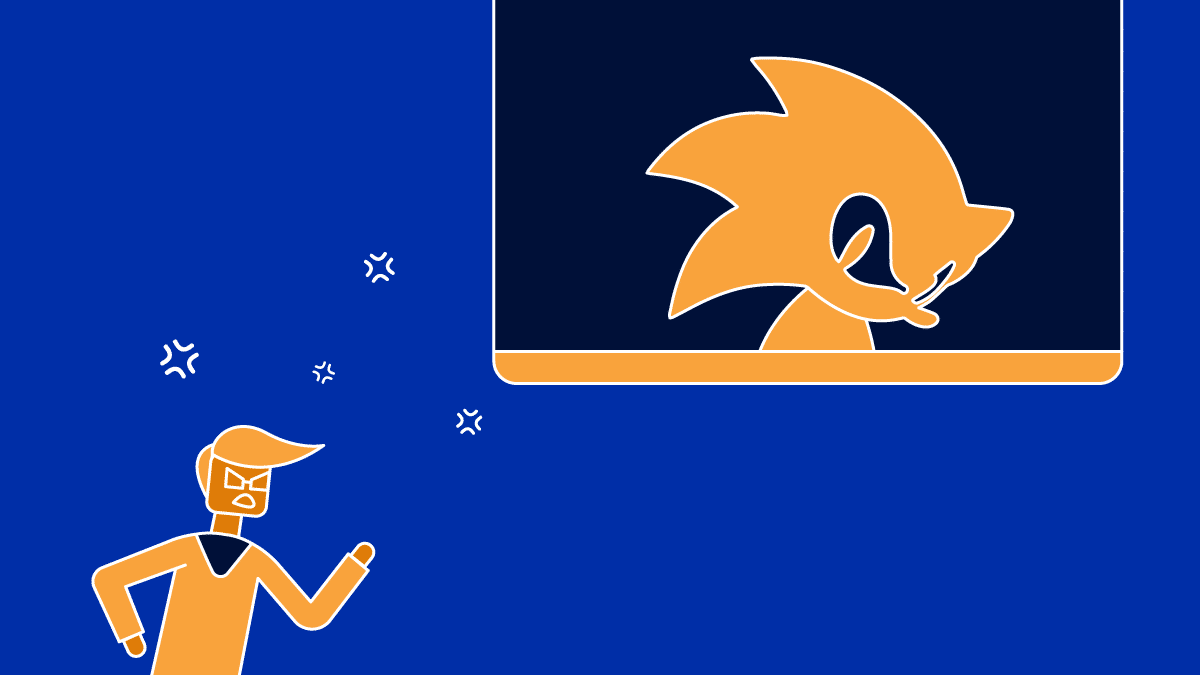We all know that internal collaboration is essential for smooth and efficient operations. But lots of businesses are starting to realize that external collaboration is also key.
External collaboration, also known as customer collaboration, might sound strange, but it has never been easier.
Read on to find out:
- What customer collaboration is
- What collaborative customer relationship management is
- Essential tools for doing customer collaboration well
🔑 What’s the key to building a strong customer-centric team? Grab our eBook to find out.
What is customer collaboration?
Essentially, customer collaboration as how your business gathers and uses customer feedback to improve your product or service, and the customer experience overall. (You might even glean insights through customer collaboration about the employee experience.)
This can be achieved in a few different ways:
- Social media (How often have you taken to Twitter to complain about a company or service?)
- Customer experience analytics (What drives customers to you, and what drives them away?)
- Customer relationship management software (This should contain records of your conversations with customers.)
Simply put, customer collaboration is the practice (and art) of listening to your customers and acting on their input to everyone’s benefit.
You get to improve your customer experience, and your customers get to enjoy products or services that’s higher quality and more relevant to their needs.
Customer collaboration is an approach to customer care, but it goes the extra mile. Think of traditional call and contact centers. They’re mostly just dialogues between one customer and one agent.
Sure, feedback might be shared after the call is over, but it’s not a truly collaborative experience. On the other hand, customer collaboration can empower customers to make their voices heard by directly interacting with your business.This can be accomplished through multiple channels for feedback—think customer surveys (or other forms of customer feedback) and satisfaction ratings. Another way to collaborate with your customers is through social media.
Social media platforms can provide astoundingly valuable insight into customer interest (or dissatisfaction). Social media can let you solicit feedback on a much wider scale than what was originally possible. Social media isn’t just for memes and keeping up to date: it’s a research tool. The results from this research can then be used by the business to benefit its product or service in some way.
What sets customer collaboration apart from other models of customer service is that it’s an active and effective engagement between businesses and their customers.
You might hear some people talk about customer collaboration in an agile context. Customer collaboration is actually one of the four key values in The Agile Manifesto, which is a hugely influential guide for software development that was published in 2001. Let’s take a look at the four guiding values of the manifesto:
- Individuals and interactions over processes and tools
- Working software over comprehensive documentation
- Customer collaboration over contract negotiation
- Responding to change over following a plan
It’s pretty compelling stuff, and all four values deserve a deep dive. But for now, we’ll just stick with #3: customer collaboration.
What is collaborative customer relationship management?
Customer relationship management (CRM) is one way to do customer collaboration.
Techopedia defines collaborative customer relationship management (CCRM) as “a CRM approach in which the customer interaction data is integrated and synchronously shared to enhance customer satisfaction and loyalty for maximized profitability and revenue.”
Basically, CCRM is an integrative process: it brings together customers, processes, strategies, and feedback and insights. This allows businesses to be more efficient—and effective—at 1) serving and 2) retaining their customers.
One of the biggest advantages of CCRM is the collection and analysis of data. A good CCRM tool will automatically collect, analyze, and display data from your operations, such as sales calls and live chats. This data is super valuable and can be used to optimize or implement new strategies across the board.
Here are some advantages of using CCRM:
-
- It helps you identify places where you can reduce the cost of customer service.
Is your customer service inbox dry, but your DMs on Instagram are blowing up? You can alter your CCRM management plan to pay attention to the most active channels, like having more agents assigned to managing one channel, like those Instagram DMs.
-
- It lets you integrate customer input to enhance customer service.
It can feel like you’re getting feedback from all directions. Especially with active and engaged followers on social media. Getting into CCRM can help you cut through the noise, analyse the data, and make changes.
-
- It can facilitate customer channel interaction.
You can satisfy customers much more rapidly through automated processes, like directing them to the right agent for their problem or setting up standard response emails.
Best software for customer collaboration
If getting started with customer collaboration feels a bit overwhelming, don’t worry. There are plenty of excellent software options to help you work with your customers. Here are 7 of the best.
1. RingCentral
Why we love it:
RingCentral is a leader in the softphone industry, which includes top-notch call center technology. And you can take their call center services to the next level—RingCentral also offers real-time reporting, as well as analytics and customer surveys so you can have your finger on the pulse of what your customers love and want. And, it integrates seamlessly with CRM software (including a few on this list…)!
Pricing:
There are three plans available: Basic, Advanced, and Ultimate. Contact a salesperson to find the right plan for your business. And yes, you can get a free trial.
🕹️ Get a hands-on look at how RingCentral helps you collaborate with customers by booking a product tour:
💰 You can also use this calculator to see roughly how much your business could save by using RingCentral to support your team’s communications with clients, customers, and each other.
2. Salesforce Service Cloud
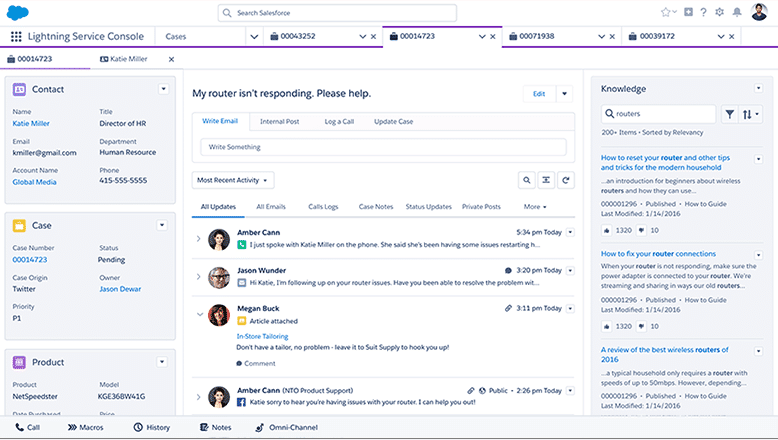
Why we love it:
Salesforce is the leader in the CRM field with their innovative platforms and services. In addition to their CRM, they also offer a platform for customer service that can be used to enhance customer collaboration. You get a 360-view of each customer so you know exactly how to serve them. Omni-Channel Routing is an AI-powered process where customers get sent to the right agent the first time, instead of being bumped around. Their analytics are also AI-powered, giving you data almost instantaneously so you can better understand your customers. The analytics also mean happier customers, since they get a more personalized experience.
3. Copper
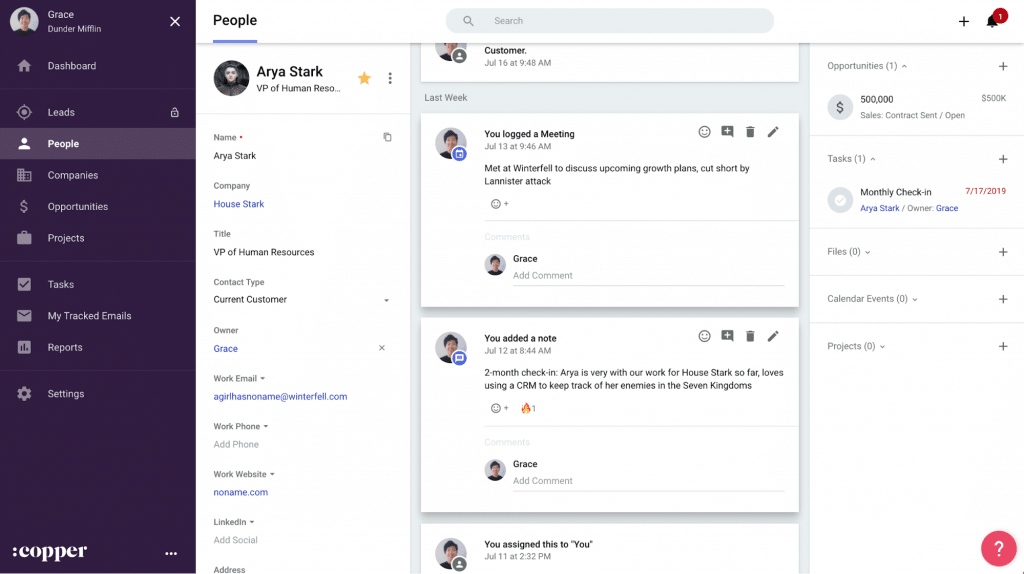
Why we love it:
Copper is another CRM—the difference here is that it’s specifically designed to work with Google Workspace. It’s super flexible and easy to customize to your specific needs, so it’s perfect for small businesses. Not to mention, easy to use alongside the other popular tools in Google Workspace like Gmail and Google Drive.
4. HubSpot CRM
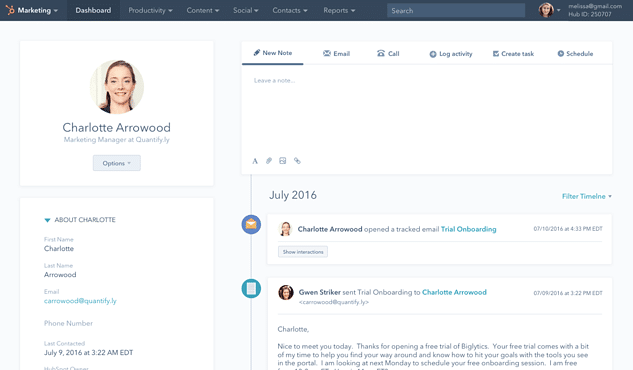
Why we love it:
HubSpot is well known as software for inbound marketing campaigns, calls, and customer service, and their CRM is a solid contender for improving customer collaboration. You get a universal inbox to share with your team, which lets you view, assign, manage, and reply to every customer conversation, no matter what channel it’s coming from. You’ll also get in-depth reports so you can assess where you’re succeeding and where you can improve.
5. Monday
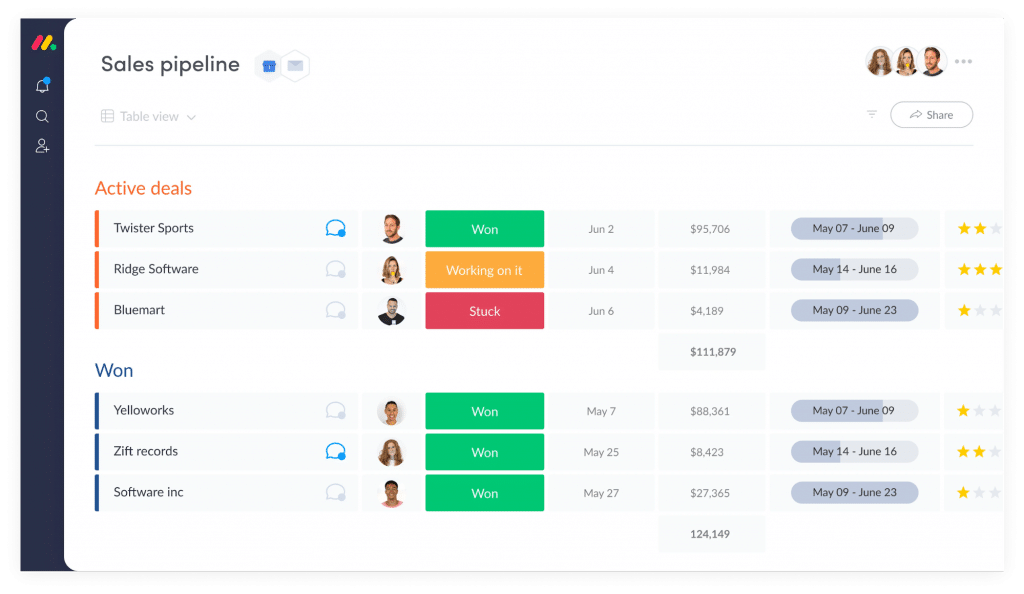
Why we love it:
Monday has tons of tools for project management and is a great choice for remote teams. Their CRM is also a solid contender for getting into customer collaboration. Intuitive, pleasing to the eye, and powerful, it lets you centralize and visualize your sales data and keep track of your customer relations. Plus, you can integrate tools you might already be using into one spot.
6. Zendesk Sell
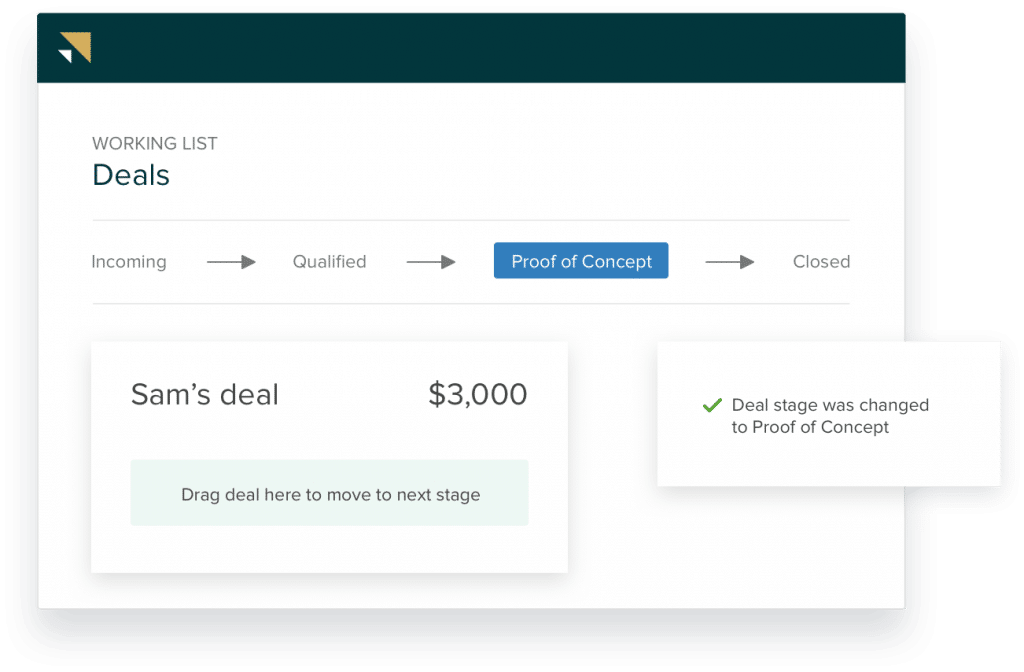
Why we love it:
Automated data capture? Check. Offline functions? Check. Tools to track, analyze, and display data from every interaction with a customer? Check, check, check!
7. Zendesk Support
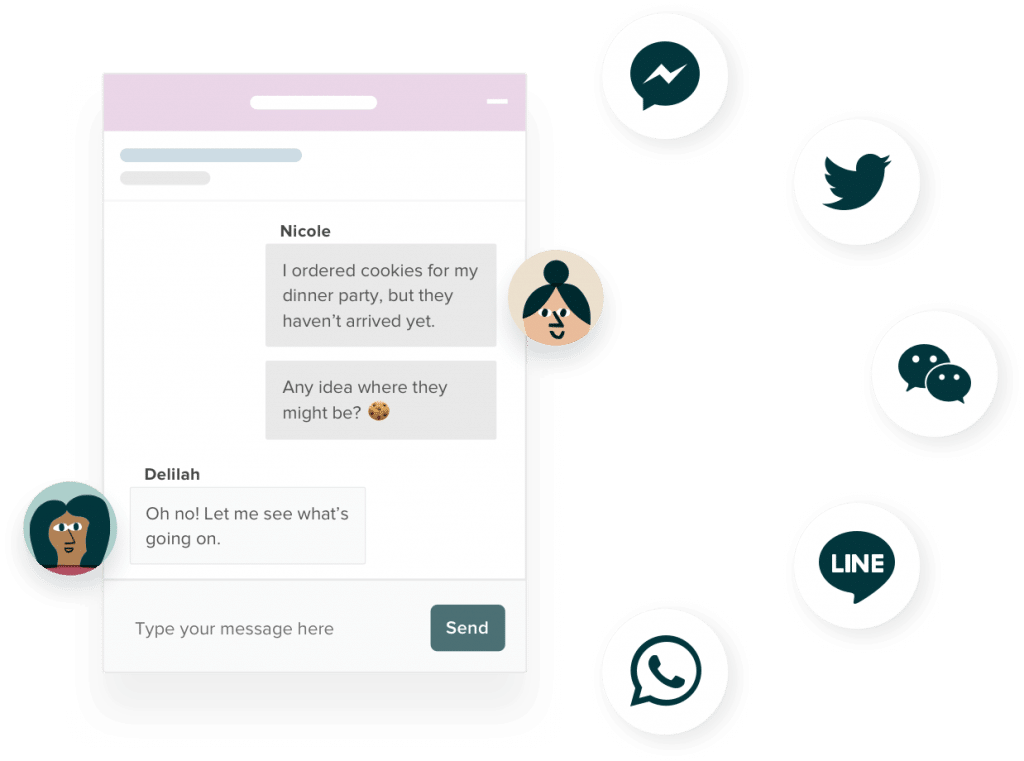
Why we love it:
Zendesk has many services to offer, and their customer support platform stands out and would be very useful for customer collaboration. After landing your sales with Zendesk Sell, manage all of your customer interactions in one place. Reflect on customer service ratings and analytics to up your customer collaboration game. Not to mention, you can combine Zendesk Sell with Zendesk Support, as well as the whole suite of Zendesk software!
8. Hootsuite
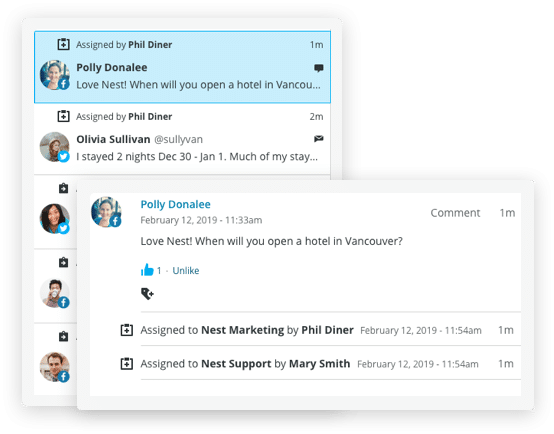
Why we love it:
Hootsuite is a social media manager that can automatically schedule hundreds of posts and let your team curate content with ease. This is a good option for customer collaboration since so much of it happens on social media. Hootsuite has features that let you monitor and respond to the conversations that your business is generating. The analytics options are also super helpful, with overview reports across multiple social media platforms and custom reports to suit your needs.
Boost customer collaboration with the right tools
Let’s face it. Customer collaboration is the new paradigm of customer service.
As more and more businesses start to collaborate with their customers, you can’t afford to stay stuck in the same old one-way call center model of customer service.
Customer collaboration can seem daunting, but with the right software, you can start to strengthen your customer relations, improve your products and services, and identify areas that aren’t quite working out. In the end, everyone—especially your customers—will appreciate the extra effort.
Originally published Feb 15, 2020, updated Nov 29, 2021


